Renewable Energy
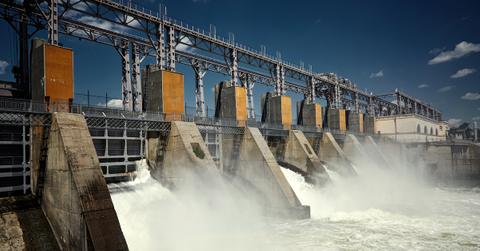
If you’ve been following the climate crisis, you've certainly heard the phrase “renewable energy” get tossed around. So, what exactly is renewable energy? Here's everything you need to know.
What is renewable energy?
Renewable energy, which is sometimes also referred to as clean energy, is categorized as energy generated from natural resources. This type of energy is constantly being replenished and cannot be exhausted.
What are renewable energy examples?
The natural resources that contribute to renewable energy include sunlight, wind, water, tides, geothermal heat, and biomass, among other things. Through a variety of different methods, these resources are converted into electricity.
There are many types of renewable energy.
Here’s a closer look at the most common types of renewable energy.
Solar Energy: Powered by the sun. Solar panels and collectors are examples of the technologies used to convert sunlight into sustainable energy. This type of power doesn’t create air, water, or global warming pollution, and there is no risk of electricity price spikes.
Wind Power: Air currents that are harnessed then converted to emissions-free power. This is typically achieved through the use of wind turbines. How fast and how often the wind blows plays a major role in its power generation cost.
Geothermal Energy: Heat from the Earth, which can be found almost anywhere. It is produced in the magma layer below the Earth’s crust. Geothermal systems can range from large power stations to small residential pumps.
Hydroelectric Energy: Powered by water. Through the use of dams, the movement of water is exploited for electricity. Hydroelectric power also represents the largest source of renewable energy worldwide. Its use varies across the U.S. based on the location of certain geographical and man-made features. For example, Oregon and Washington generate more than two-thirds of their electricity from hydroelectric energy due to the presence of the Grand Coulee Dam on the Columbia River.
Hydrokinetic Energy: Similar to hydroelectric energy, hydrokinetic energy is powered by water. However, instead of using dams to control the water’s movement, this type of energy harnesses the strength of rivers, tides and waves. Scientists like this resource for its predictability. Wave patterns can be forecast days in advance and provide continuous power despite variability.
Bioenergy: Powered by biomass, which, according to energy.gov, “is an organic renewable energy source that includes materials such as agriculture and forest residues, energy crops and algae” — basically any biological material derived from living or recently living organisms that stores sunlight as chemical energy.
What Is a renewable energy system?
A renewable energy system refers to any sort of technology used to harness natural resources for the purpose of converting them into electricity.
There is also a global renewable energy company called The RES Group (Renewable Energy Systems), which was founded in 1982. They develop, construct, and operate large-scale projects around the world, most notably in the wind and solar sectors.
What renewable energy source is used the most?
As of 2023, hydroelectric power is the largest source of renewable electricity in the world. Though this type of energy is emissions-free, there are possible environmental consequences to consider.
The Union of Concerned Scientists states that blocking rivers with dams can diminish water quality, cause damage to aquatic habitats, block migratory patterns, and disturb local communities. Because of this, it is essential to carefully weigh the pros and cons of any proposed hydropower project before development begins.
But don’t discount other resources. As of 2018, wind power is the fastest growing source of renewable energy and has the potential to provide a large portion of our electricity needs in the future.
Renewable energy is extremely important in the fight against climate change.
Renewable energy created from the sources listed above is much safer for the environment than energy manufactured from fossil fuels, such as coal, oil, and natural gas.
When burned, fossil fuels emit dangerous toxins into the atmosphere. Renewable energy is emissions-free, thereby creating less pollution, which will help to improve public health.
Renewable energy has many advantages.
There are many advantages to using renewable energy, the chief one being that it produces significantly less emissions than fossil fuels. Carbon dioxide, as well as other heat-trapping gases, is released into the atmosphere when fossil fuels are burned, causing irreversible changes as it accumulates. The less harmful emissions we release, the better.
Air and water pollution caused by these toxins also greatly affect public health. Breathing problems, neurological damage, heart attacks, cancer, and a plethora of other issues have been linked to this type of pollution. Given that clean energy technologies don’t produce emissions, increasing the supply of renewable energy could do wonders for our well-being.
Another great benefit is that these sources are inexhaustible. Sunlight, strong winds, fast-moving water, heat from the earth, and plant matter are all continuously replenished. Studies show that although a relatively small percentage of U.S. electricity currently comes from renewable energy, it could provide a significant amount of our electricity in years to come.
Finally, renewable energy can provide jobs. While fossil fuel technologies are typically mechanized, renewable energy projects tend to be more labor intensive. For example, individuals are needed to install solar panels and maintain wind turbines. According to the Union of Concerned Scientists, “This means that, on average, more jobs are created for each unit of electricity generated from renewable sources than from fossil fuels.”
Renewable energy is growing in the U.S.
The use of renewable energy continues to expand in the U.S. According to a 2018 study conducted by Ernst and Young, America is the second-most attractive country in the world for investing in renewable energy (China is No. 1). This is due to the declining costs of manufacturing solar, wind, and battery products.
A few months ago, The International Energy Agency’s annual report forecasted that by the year 2023, more than one trillion watts of clean energy will be installed around the world — though China will be responsible for 41 percent of global renewable growth.
A 2018 Energy Transition Outlook report from DNV GL, a quality-assurance and risk-management company, also predicts that solar electricity production could grow 6,500 percent by the year 2050. This is based on factors such as the rising cost of traditional power grids.
It’s clear that renewable energy is the way of the future and its benefits should not be underestimated. Otherwise, we may be in for a rude awakening down the line.
Latest Renewable Energy News and Updates

The 5 Best Electric Fireplaces To Give Your Home an Energy-Efficient Glow Up
Electric fireplaces give all the ambiance and supplemental heat without the toxic emissions associated with a high-maintenance wood-burning stove.
The 5 Best EPA-Approved Wood Stoves to Efficiently Heat Your Home This Winter
Warm up to these energy-efficient, low-emission wood stoves that can heat your home while going easy on the environment — and your energy bill.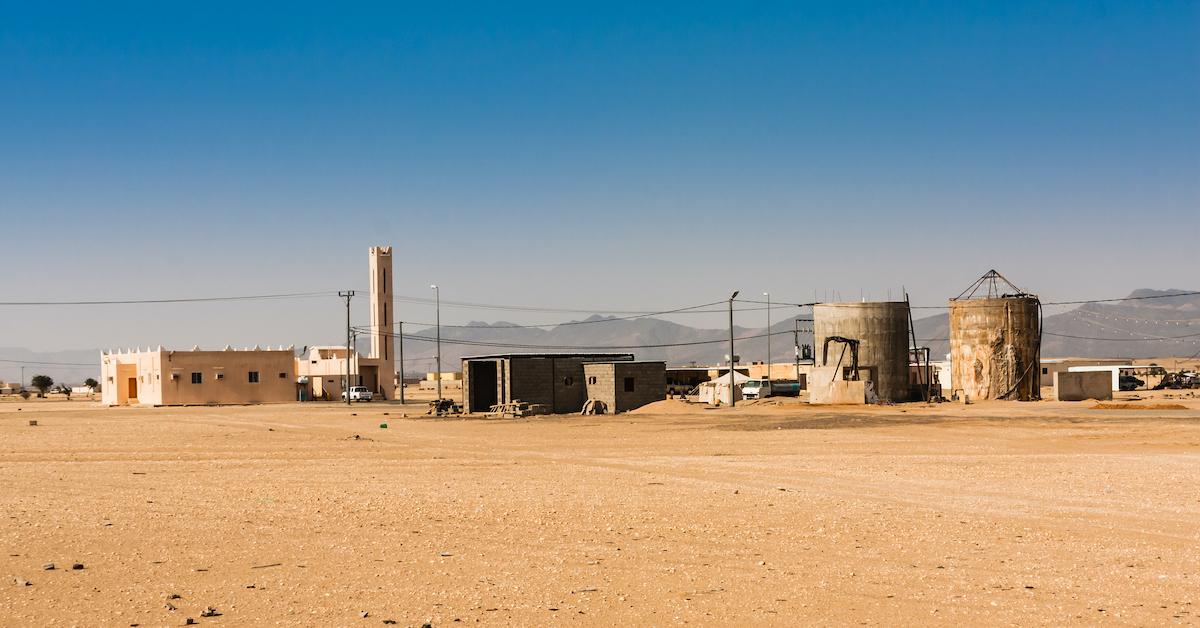
Green Hydrogen: What It Is, How It Stacks up Against Blue Hydrogen, and More
What is green hydrogen? It may be a trendy new sustainable fuel, but how does it match up against blue hydrogen? Here's what to know.
Lamborghini Phased Out Gas-Only Cars — And Released Its First Hybrid
Lamborghini has discontinued its gas-only cars and just released its first hybrid vehicle, .
Niagara Falls Tunnel Tours Open to the Public, Beneath Old Hydroelectric Power Plant
A tunnel under Niagara Falls is now part of the tour experience at this world wonder.
With Wind Droughts, Comes No Wind Power
The wind is a renewable energy source, but it fails to remain constant.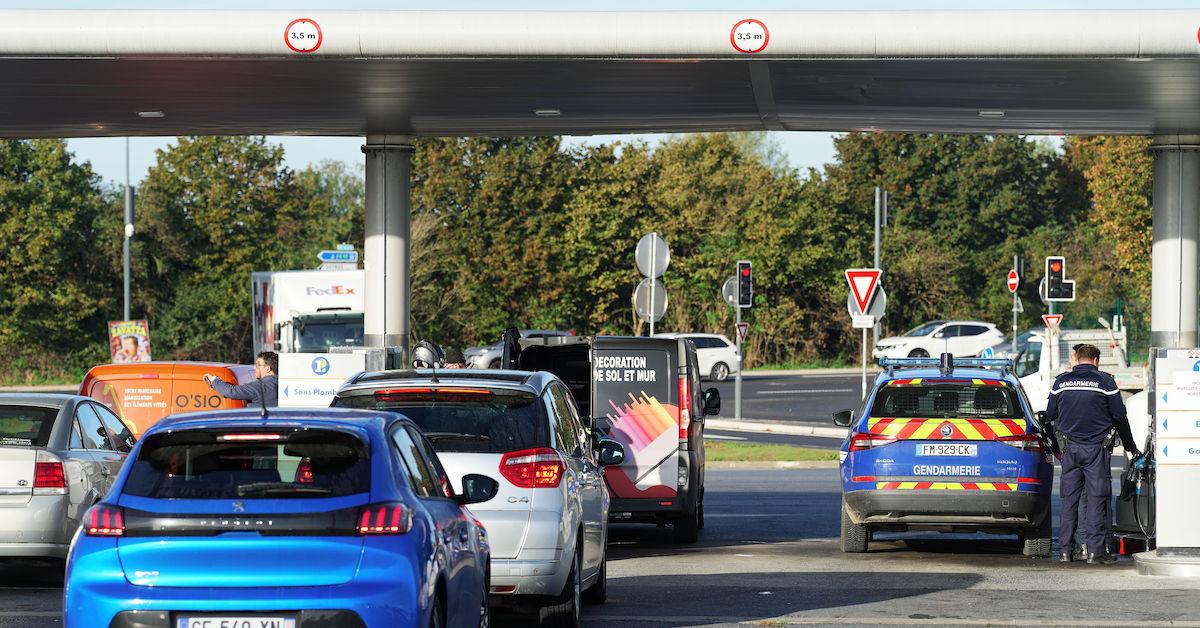
EPA Proposes Adding More Biofuel to Gasoline — Here’s What That Will Mean
What is biofuel? Although it's often touted as a clean energy resource, it certainly isn't as clean as transitioning to an electric vehicle.
Can You Get Free Solar Panels From the U.S. Government? There Are Incentives
Can you get free solar panels from the government? Here's the truth behind that question and what you need to know to qualify for the panels.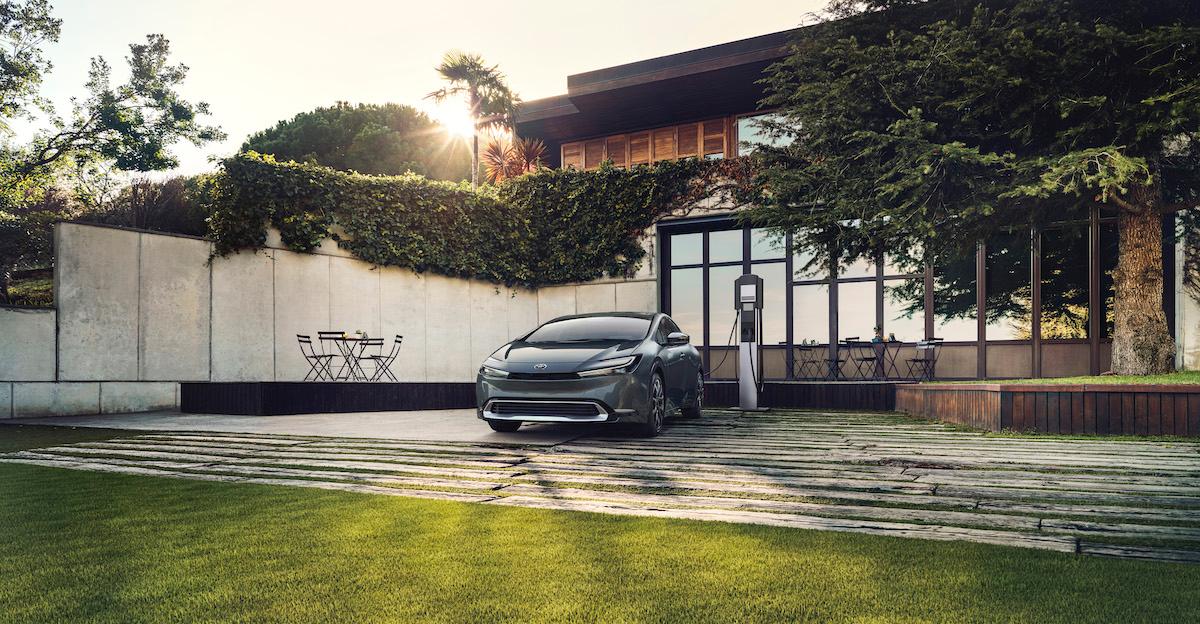
2023 Toyota Prius: Details, When and Where to Get It, and More on the New Hybrid Model
When will the 2023 Toyota Prius be available? The Japanese car company released details on its newest model from its popular line of hybrids.
Is Natural Gas Really Any Better Than Coal?
Natural gas emits about half as much carbon dioxide per energy unit as coal.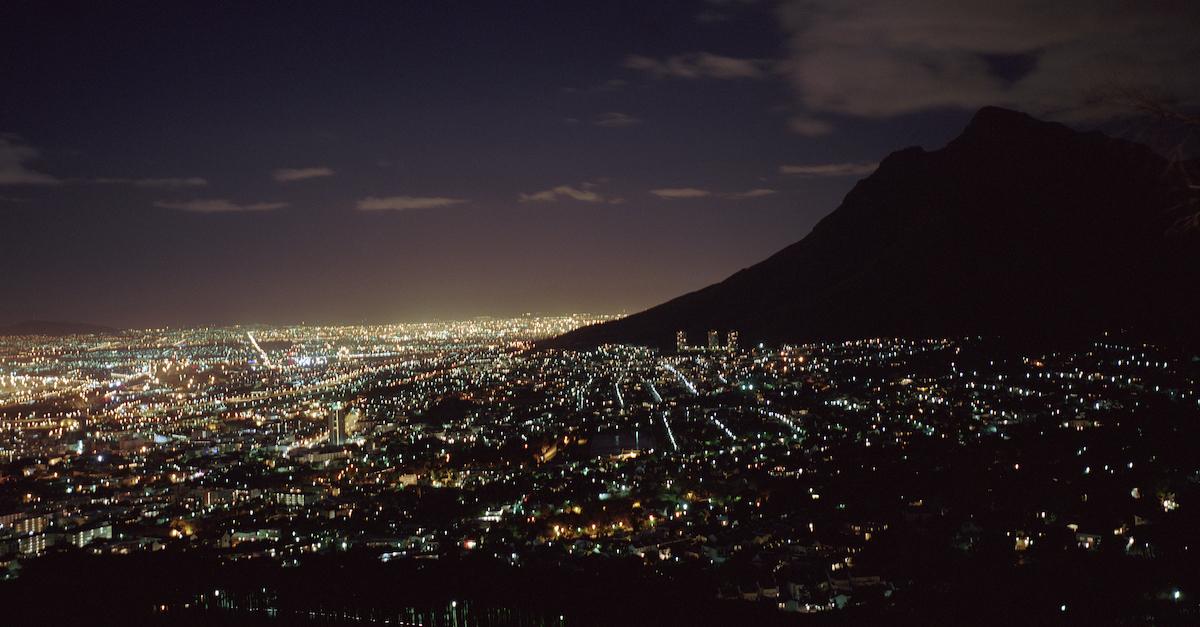
Utility Companies Erroneously Blame Renewable Energy for Rolling Blackouts
Major energy companies are already blaming renewable energy for potential future blackouts — is this just hearsay, or is there truth to any of it?
California Almost Surpasses Renewable Goals, Using Nearly 100 Percent Clean Energy
Although the state of California aimed to transition to 100 percent renewable energy by 2045, it's already almost completely reliant on eco electricity.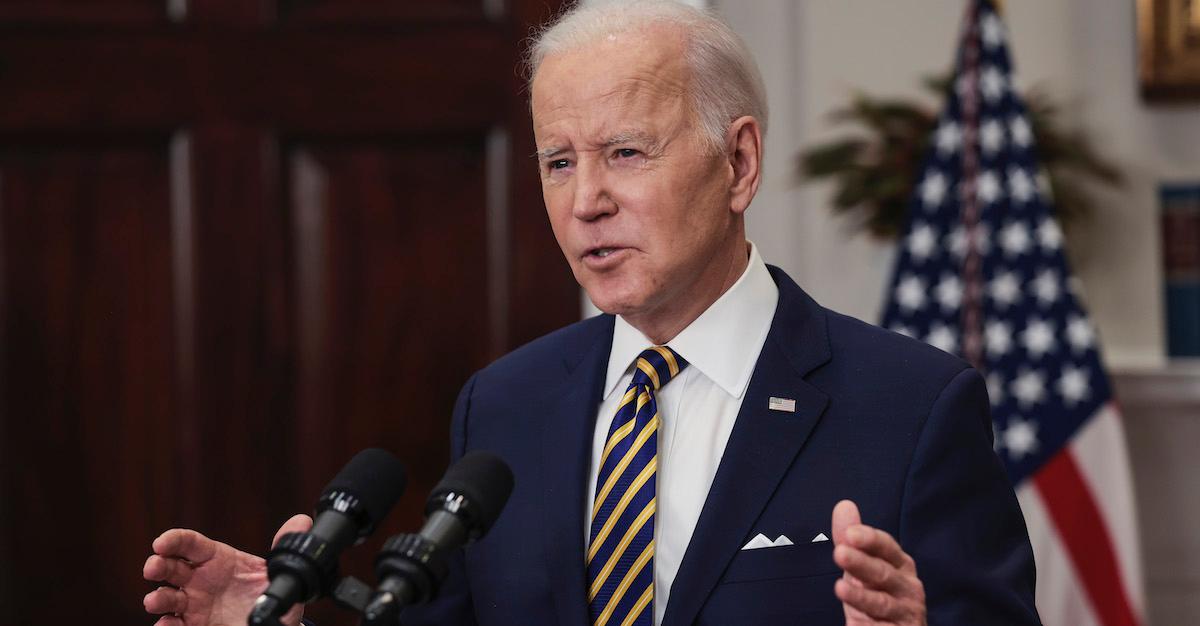
Will Renewable Energy Take Over With Russian Oil Ban? What We Know
With Russia's Ukranian invasion, the U.S. has announced a ban Russian oil imports. Will that lead to an uptick in renewable energy?
Is Renewable Natural Gas a Viable Fuel Alternative? Here’s What You Need to Know
Is renewable natural gas a viable alternative to non-renewable fuel? Before touting it as the cleanest option, it's important to look at all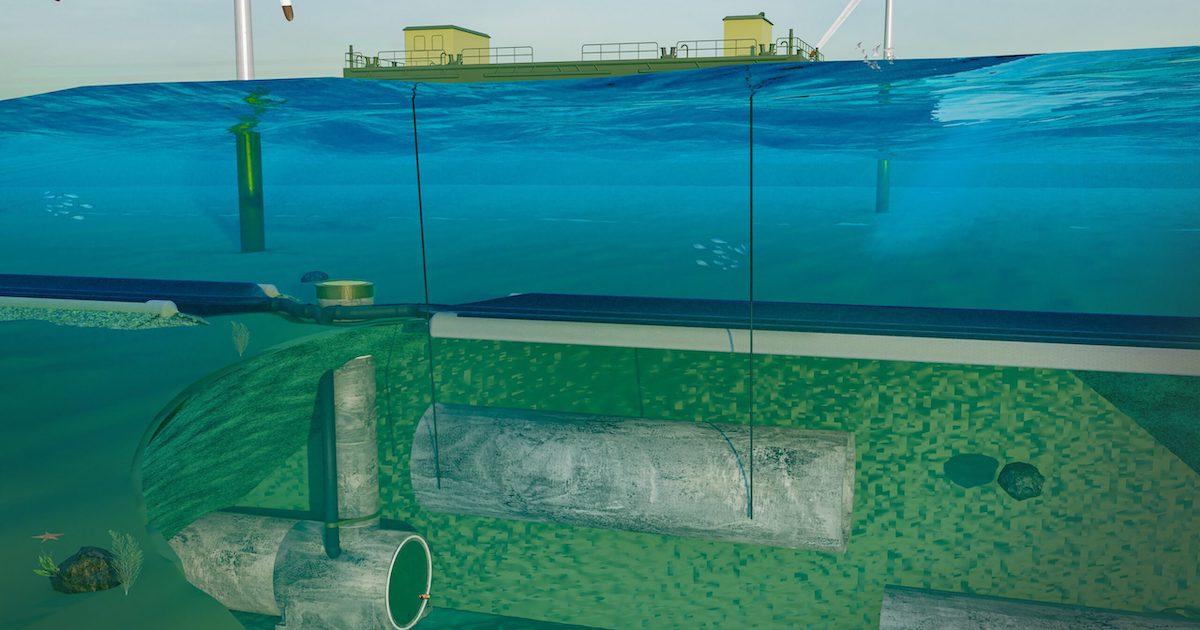
What Is the Ocean Battery? It Could Be Crucial for Renewable Energy Storage
What is the Ocean Battery? This new piece of technology is designed to store renewable energy under the sea.
Here’s Why Nuclear Energy Isn’t Actually a Safe Renewable Resource
What is nuclear energy? The European Union has sparked an international debate after calling nuclear energy a "green" renewable energy resource.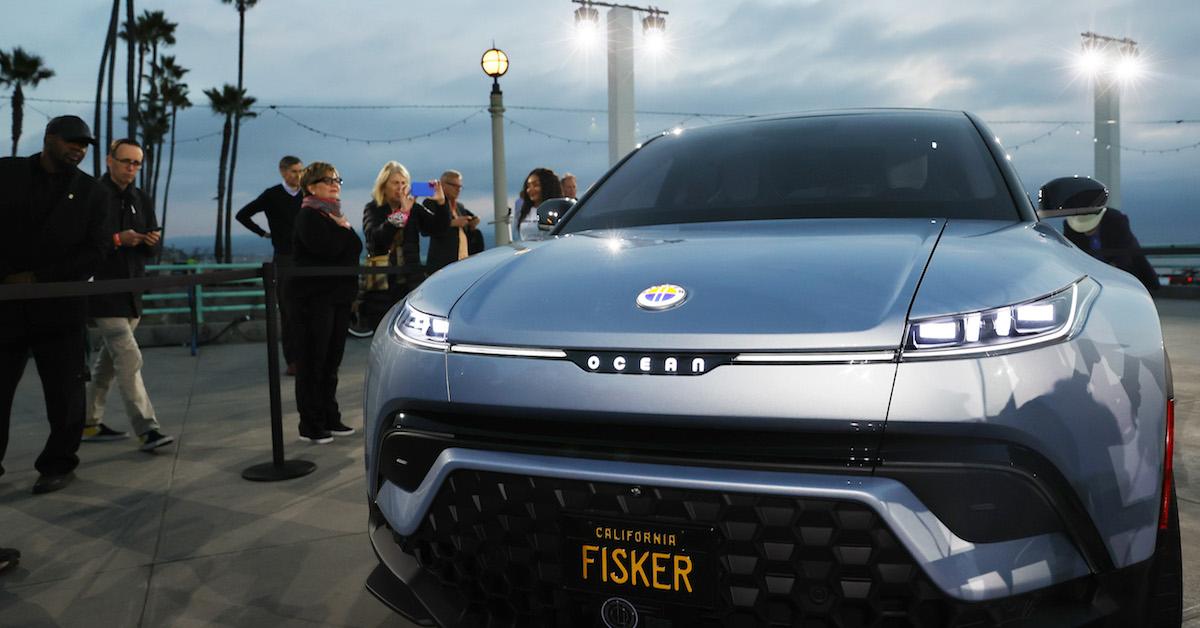
Will the Fisker Ocean SUV Revolutionize the Electric Auto Industry?
The Fisker Ocean SUV is the newest electric car on the market, but is it as eco-friendly as the company claims?
Cool Roofs: What They Are, How They Conserve Energy, How Much They Cost, and More
What is a cool roof? To save energy, people are installing cool roofs on their homes — but how do they work, and how much do they cost?
Congressman Ro Khanna Is Fighting Climate Change and Holding Big Oil Accountable
Ro Khanna’s popularity and aggressive stance on climate change has many people wondering more about the congressional representative.
Canada Has Officially Banned Coal Shipments From the U.S.
Although travel between U.S. and Canada is allowed again, the northernmost North American country is banning coal shipments.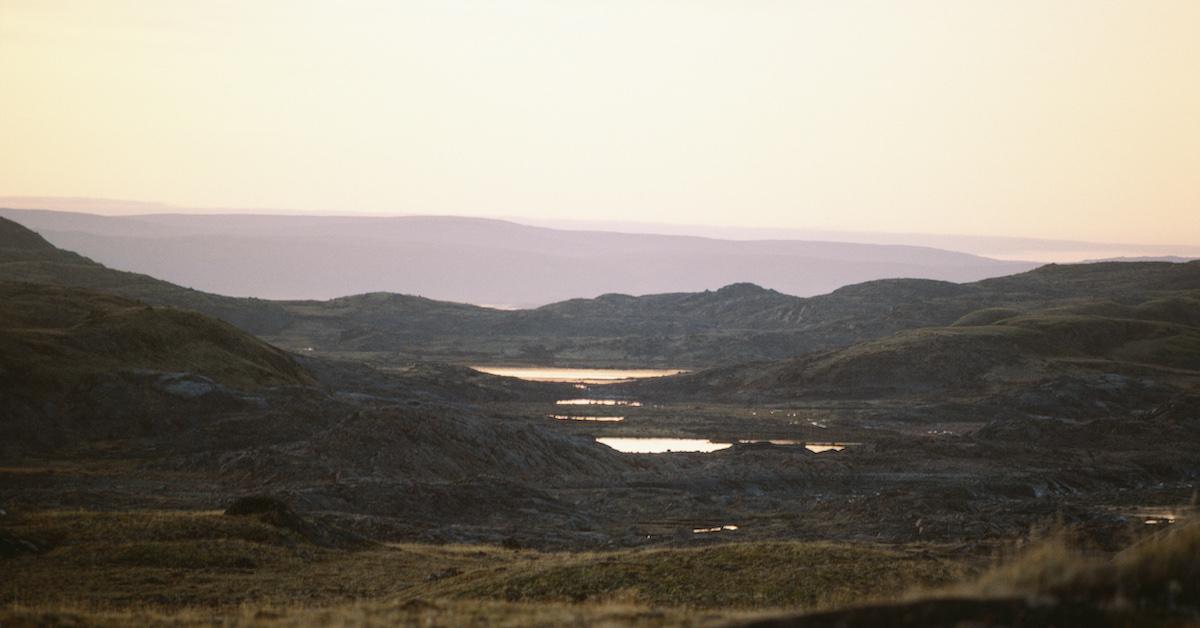
Water Crisis in Iqaluit Possibly Due to Massive Gasoline Spill
What is causing the Iqaluit water crisis? Those living in Canada’s Nunavut territory are facing a serious shortage due to a possible gasoline spill.
China's Power Outages May Be Caused By Environmental Factors and Coal Shortages
What is causing China's power outages? Experts attribute recent outages across the country to various environmental and political factors.
The Line 5 Pipeline May Unfortunately Continue Running for the Long Haul
The Line 5 pipeline sends gasoline from Superior, Wisc., to Sarnia, Ontario — and although it's controversial, it may be here to stay for the long haul.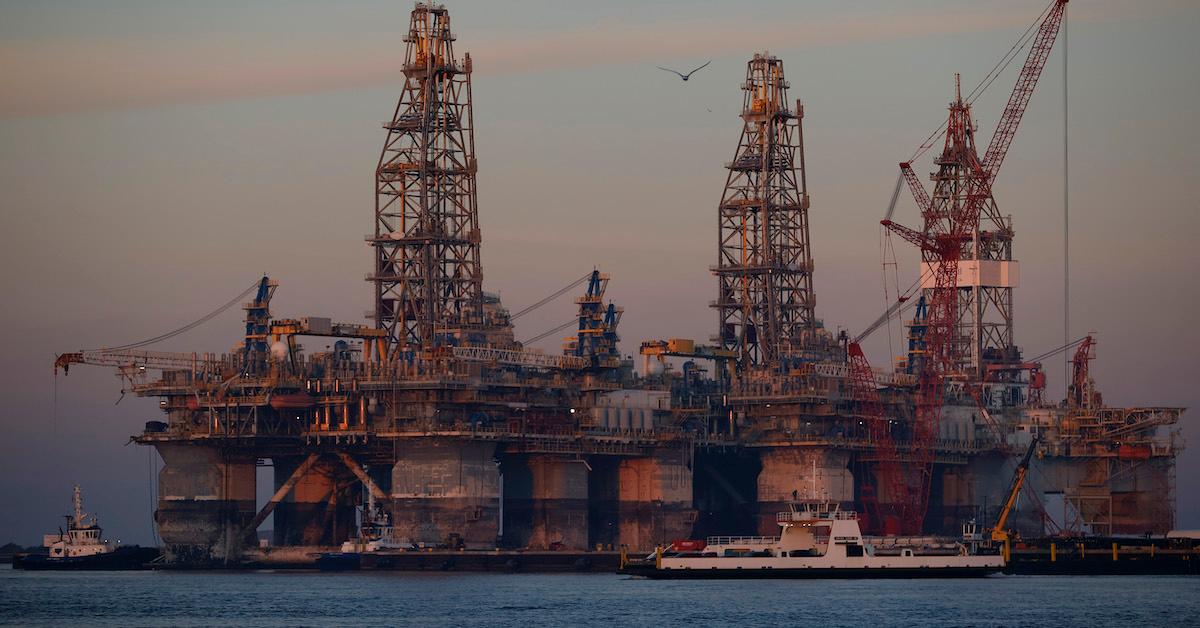
Years of Human Activity Caused the Latest Gulf of Mexico Oil Spill
A massive oil spill in the Gulf of Mexico surfaced following Hurricane Ida, as a result of the storm as well as years of excavating for oil.
What Are Scope 3 Emissions? Big Business Is Responsible for More Emissions Than You Think
Scope 3 emissions are a serious environmental problem, but how are companies able to mitigate the damage they’ve already done?
Leaded Gas Has Been Banned Around the World — but What Does That Mean?
After 99 years, officials have finally banned the use of leaded gas in cars worldwide — but what does this mean for the planet?
College Majors for Eco-Conscious Students Looking to Save the Planet After Graduation
If you're planning to save the planet after graduation, consider opting into one of these college majors that relate to the environment.
The Climate Pledge: How the World's Elite Are Promising to Solve the Climate Crisis
Jeff Bezos and others are stepping up and taking The Climate Pledge, but what does this promise actual guarantee for the planet?
These Climate Change Technologies Will Be Key in Slashing Emissions
New climate change tech is changing has the potential of lowering global emissions, but is it too little, too late?
More Homeowners and Car Owners Alike Are Getting Solar Carports — Should You?
What are solar carports? More and more homeowners and car owners alike are getting them installed on their properties as a renewable energy source.
Solar Panels Can Increase Your Home's Value By Thousands
Solar panels have been shown to add value to your home, but there are a couple catches that go along with them.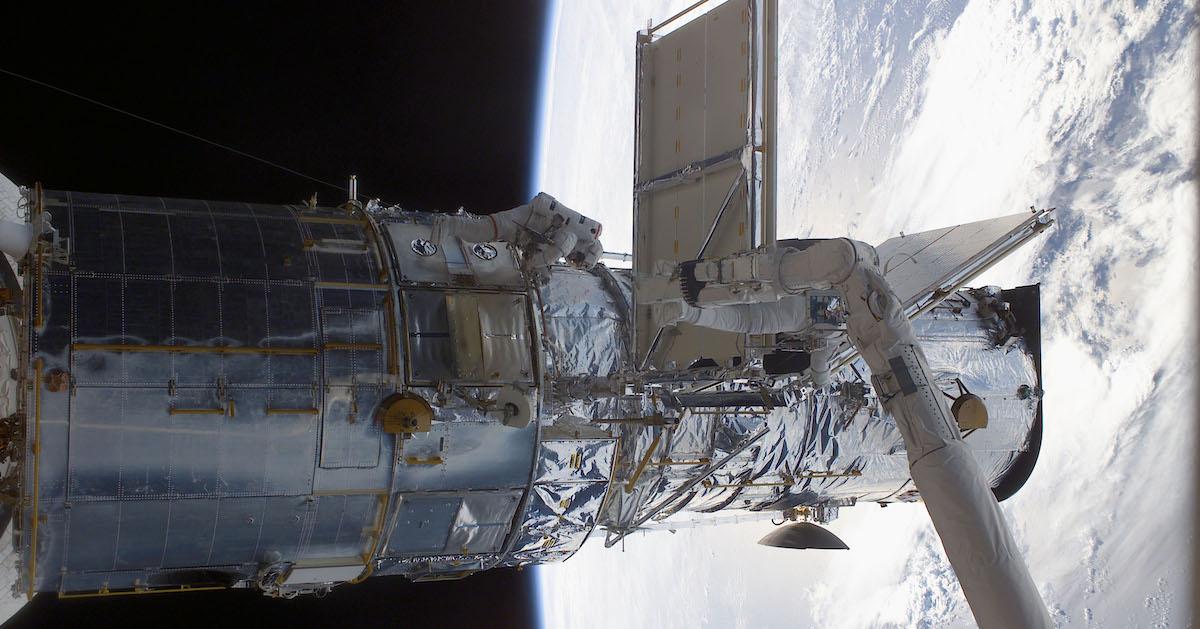
China's Solar Panel Space Station Will Be Useful — But Is It Dangerous?
Some believe China's solar panel space station could endanger life on planet Earth — before you panic, here's what you need to know about it.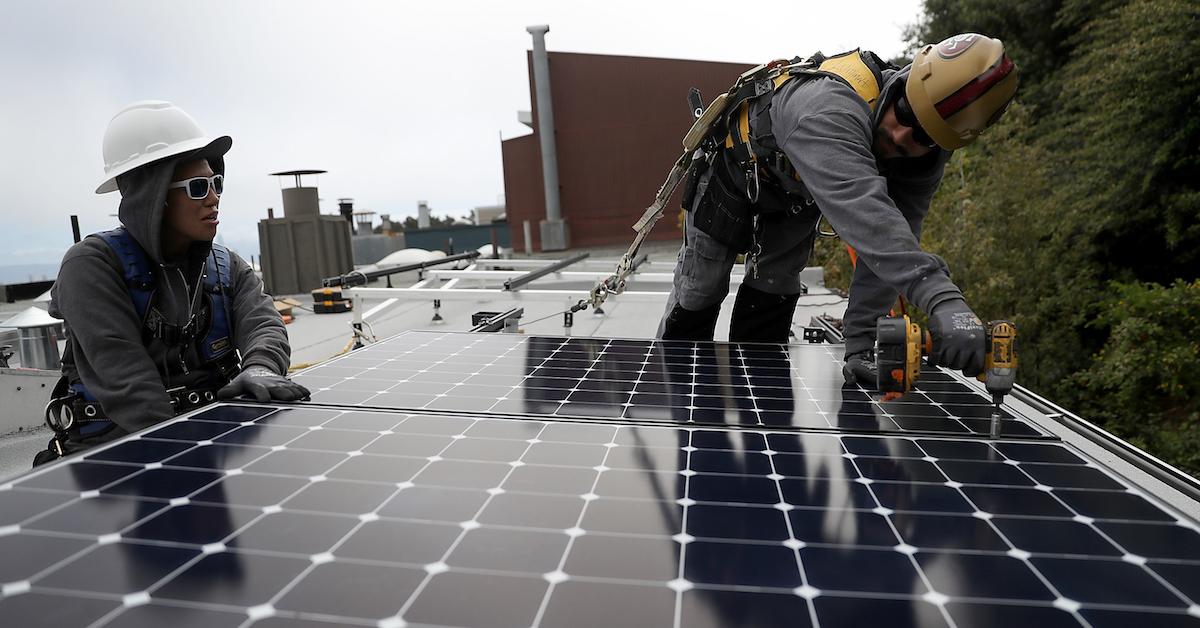
These Solar Panel Companies Manufacture in the U.S., So You Can Power Your Home Sustainably
Solar technology has come a long way in recent years and many U.S. manufacturers are leading the way in terms of energy efficiency.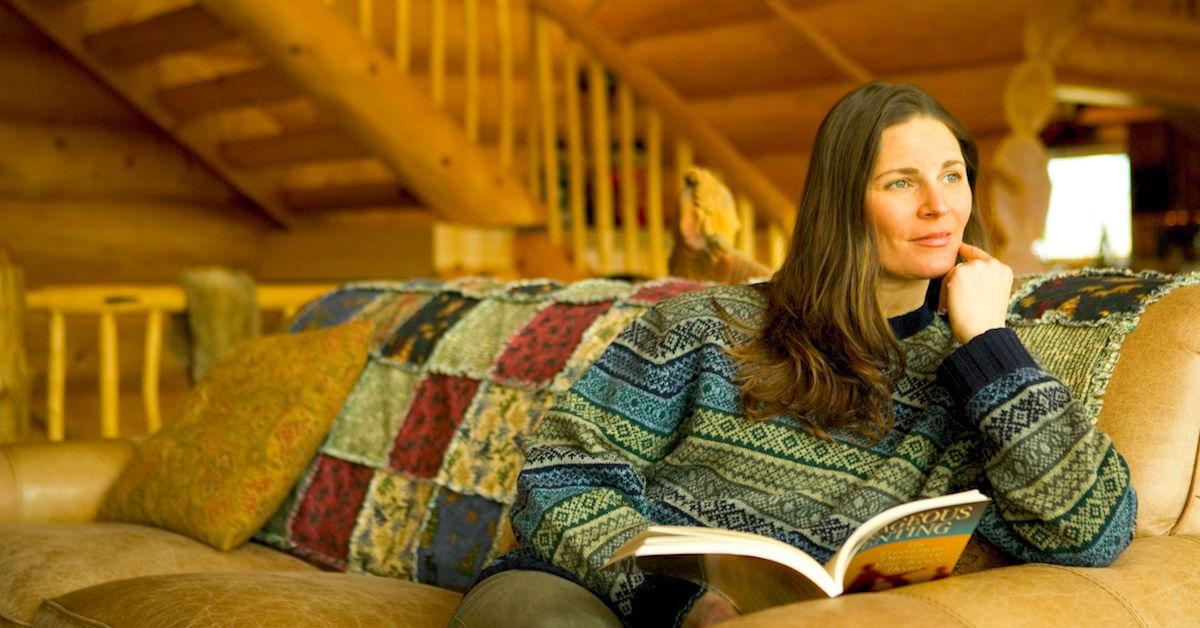
These 6 Green Heating Methods Will Keep Your Home Nice and Toasty
These six environmentally-friendly heating options will simultaneously lower both your utility bills and your environmental impact at the same time.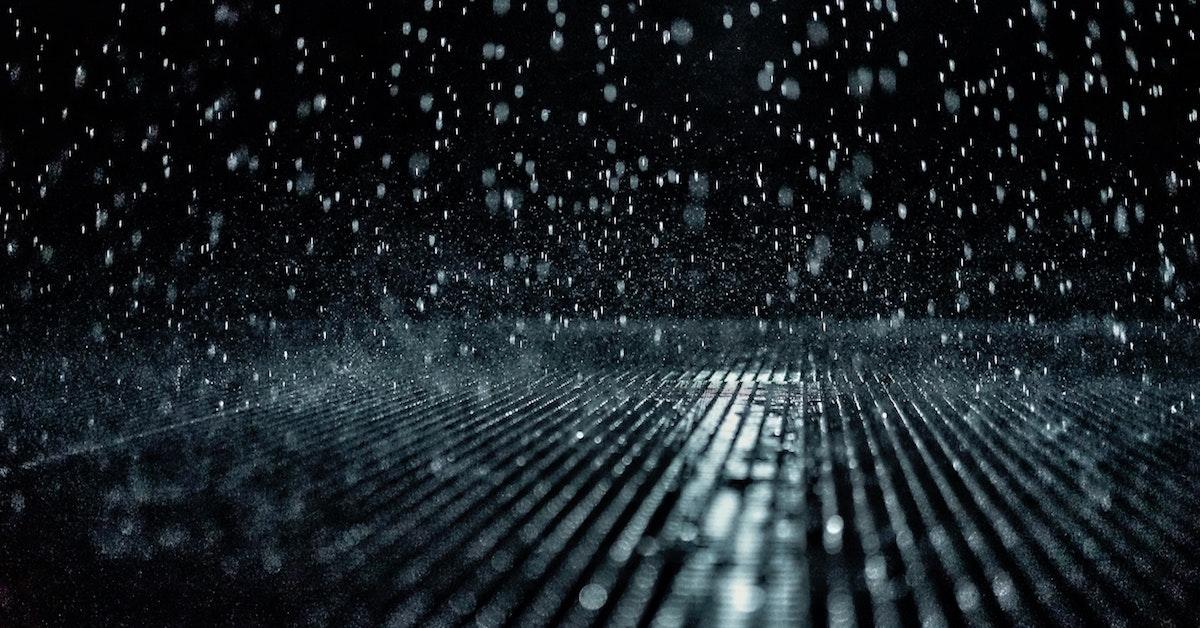
Do Solar Panels Collect Energy When the Sun Isn't Out?
Solar panels are perhaps the most successful form of renewable energy for the home, but do they work on cloudy days?
What Is Regenerative Braking? Here’s Why It’s So Important to EV Drivers
There are many things that set electric vehicles apart from driving a standard gas car, but regenerative braking is one of the greatest EV features.
How Lake Oroville's Tanking Water Levels Have Halted Hydropower Generation
Amid one of California's worst droughts in history, Lake Oroville's water levels have hit an all-time low, halting hydropower generation.
Clever Ways to Beat the Heat This Summer Without Electricity
These clever methods will help you beat the heat and cool down a room without using a lot of electricity.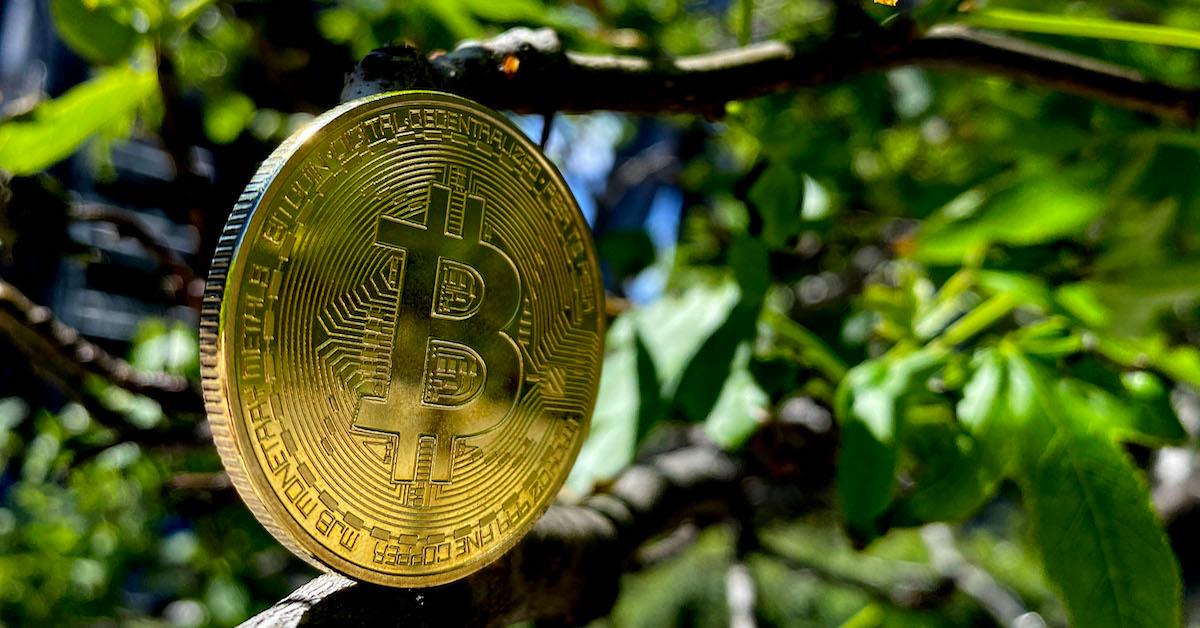
Which Form of Cryptocurrency Is the Most Eco-Friendly?
Cryptocurrency isn't known for being eco-friendly, per se, but some companies are looking to change that — here's what you should know.
New Study Shows Men in Sweden Have a Higher Environmental Impact Than Women
A new study from Sweden shows that men tend to contribute higher climate emissions than women do on an annual basis.
What to Know About the Now-Canceled Byhalia Connection Pipeline
Earlier this month, Mississippi residents celebrated the cancellation of the Byhalia Connection Pipeline — here's what you should know about its history.
Keystone XL Pipeline Is Officially Done, Finished, Finito
The Keystone XL pipeline has officially been canceled.
‘Building Off the Grid’ Is More Than Just Entertaining TV — the Lifestyle Can Be Sustainable
'Building Off the Grid' has been around since 2016, and the show is a great vehicle for teaching people how to live a sustainable lifestyle.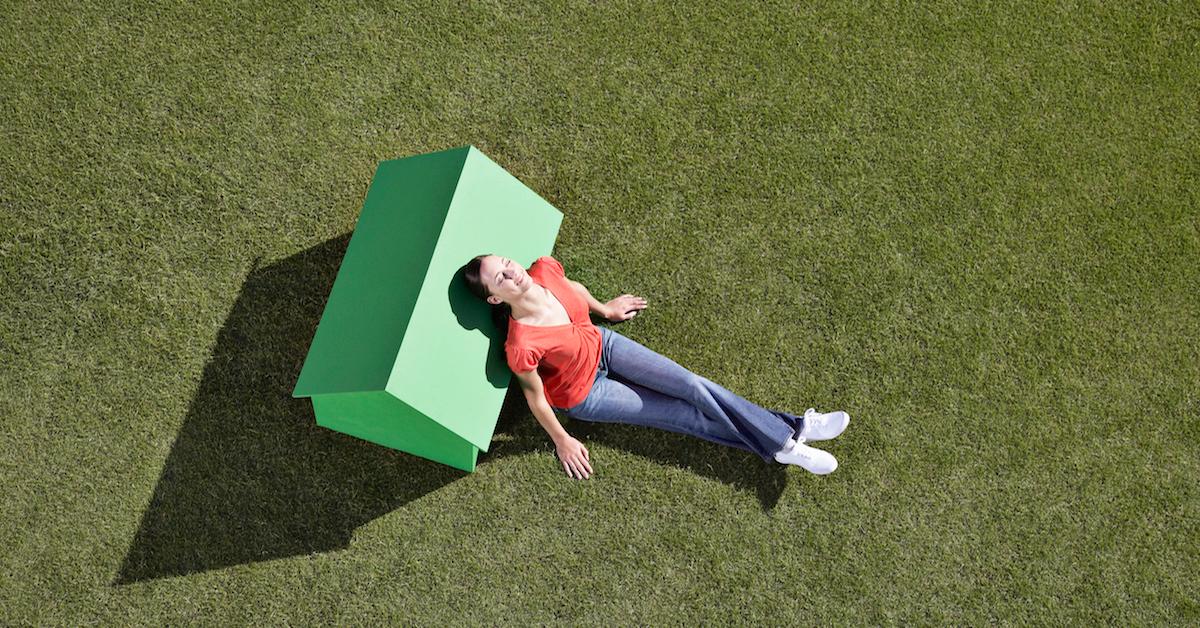
How to Build and Furnish an Eco-Friendly House
Eco-friendly homes are only effective if they possess certain qualities, so what goes into making a house eco-friendly?
Biden Gives Final Approval to Historic Offshore Wind Farm, Vineyard Wind
President Joe Biden just approved an offshore wind project called Vineyard Wind, located in Massachusetts.
California Gov. Gavin Newsom Expresses Support to Ban Fracking
Is the state of California officially going to impose a fracking ban? A new bill was recently proposed, that could completely ban drilling by 2027.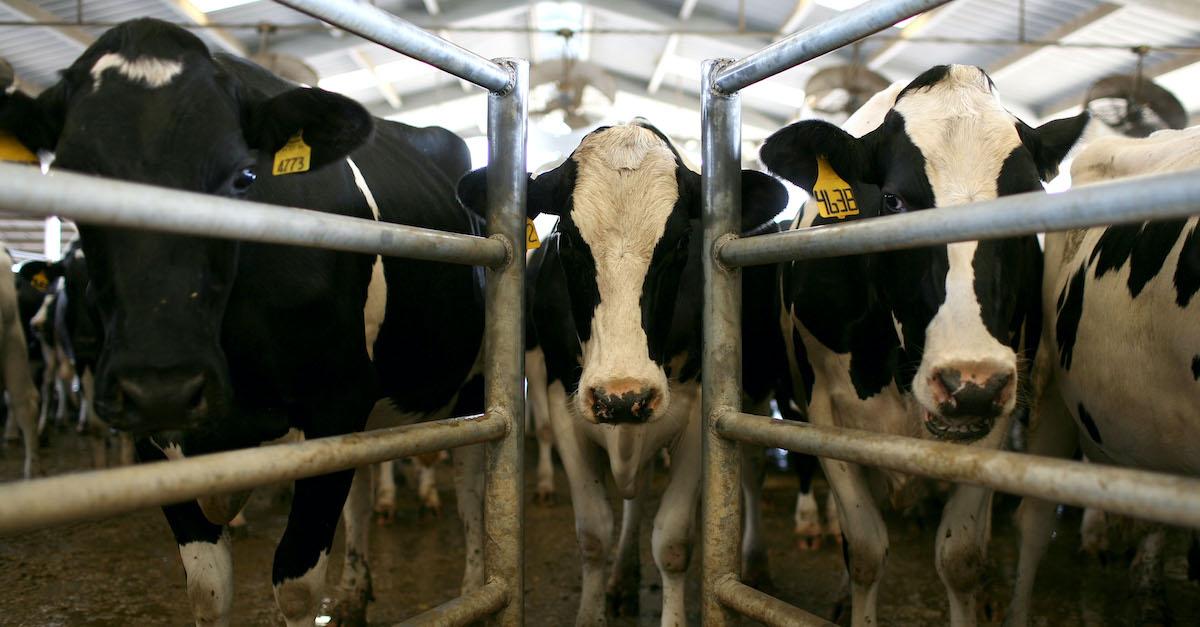
Slashing Methane Emissions by 45 Percent Is Crucial to Avoid Climate Catastrophe — and Easy, Says UN Report
Cutting our methane emissions by at least 40 percent could massively help the planet avoid climate catastrophe.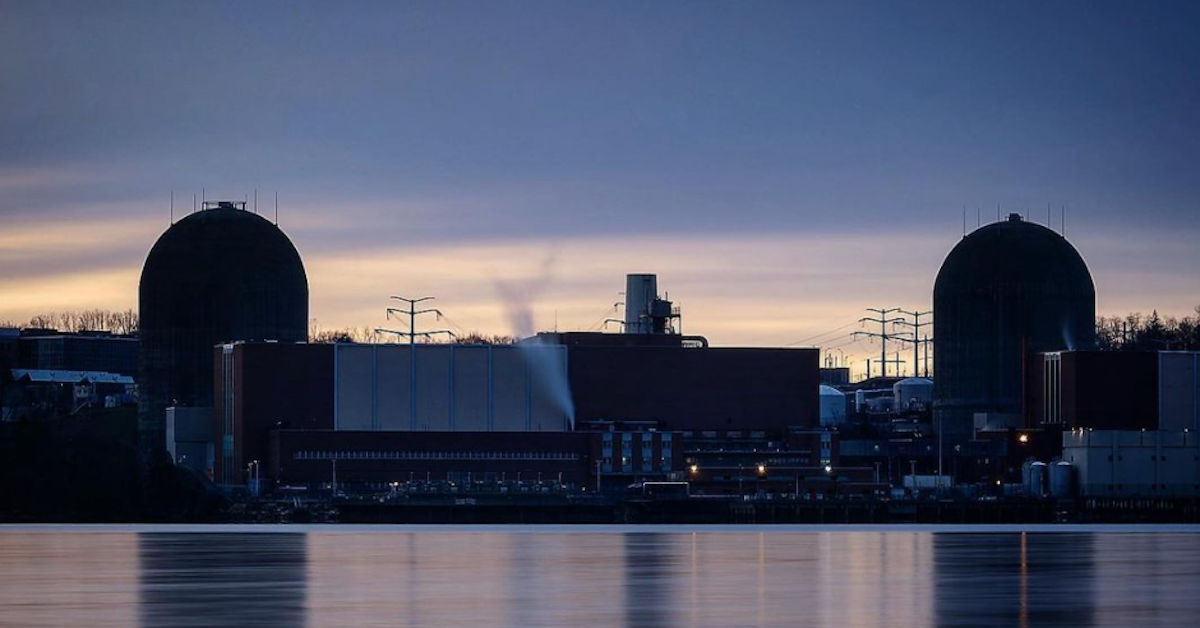
New York Power Plant, Indian Point, Shuts Down — Will This Help or Hurt the Environment?
A major power plant in New York called Indian Point has shut its doors after almost 40 years — but is this really the answer to lower emissions?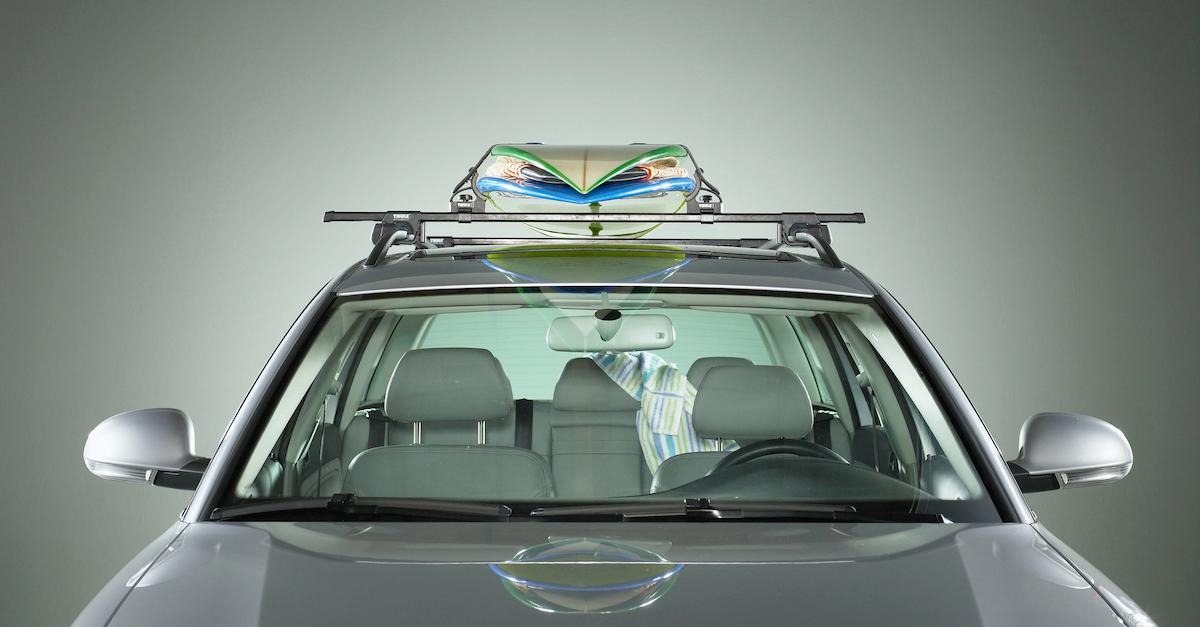
Electric Car Batteries: What They're Made Of, What Happens to Them, and More
Interested in buying an electric car? Here's what EV batteries made from, and what happens to the batteries when they're no longer usable.
Oil Companies Continue to Drill, Pollute, and Endanger Native Lands — But Why?
Why do oil companies drill on native lands? New Mexico's Navajo Nation was flooded with crude oil in 2019, causing explosions and pollution.